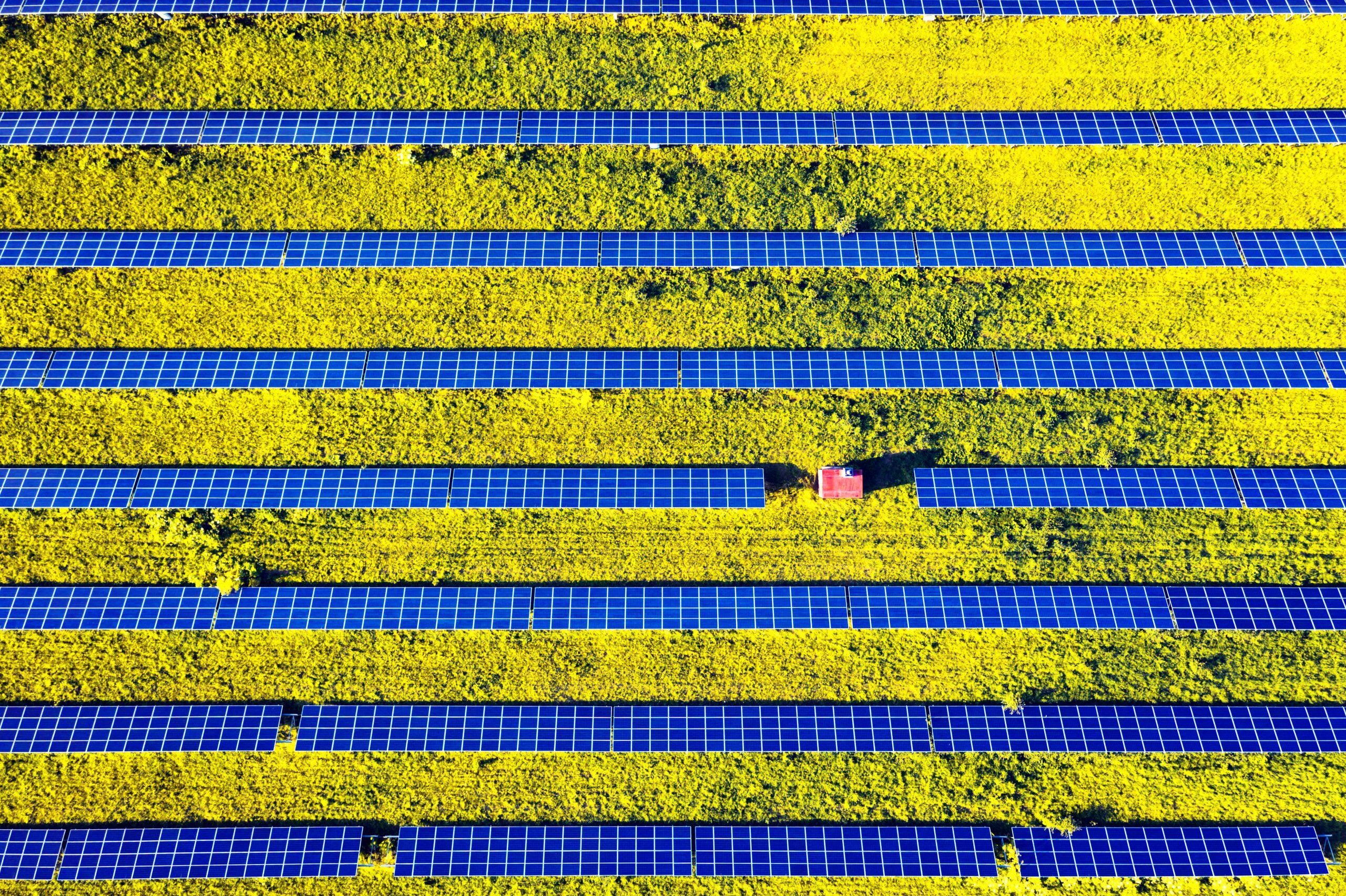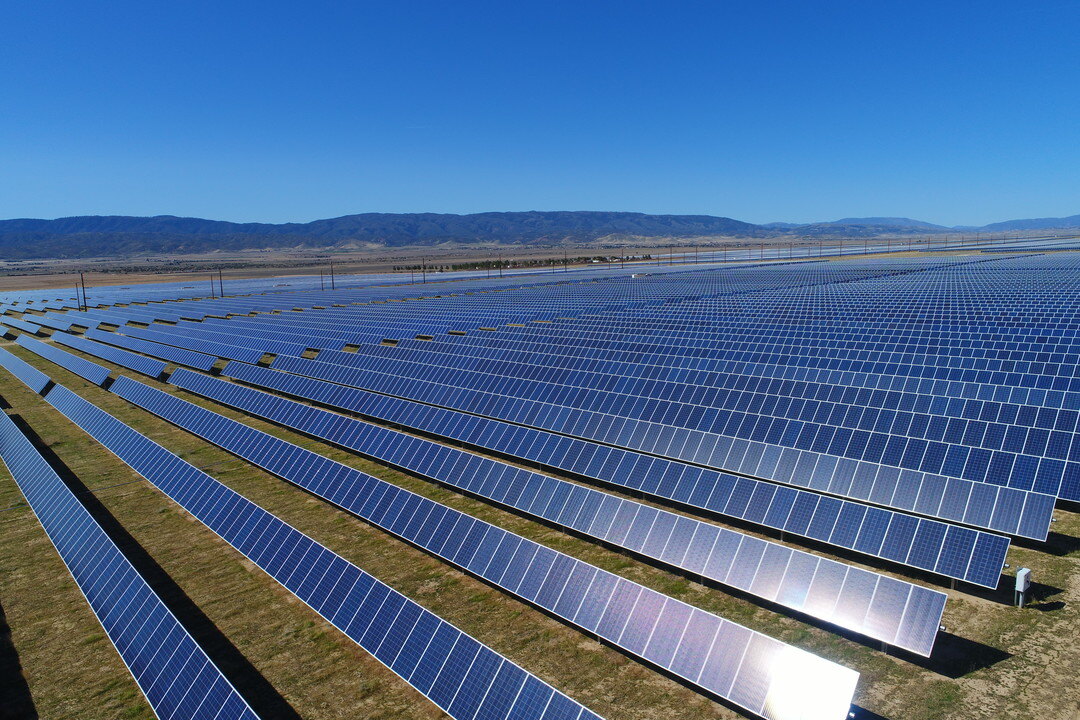COVID-19 Impacts on Solar O&M — Supply Chain: Force Majeure and Access to Parts
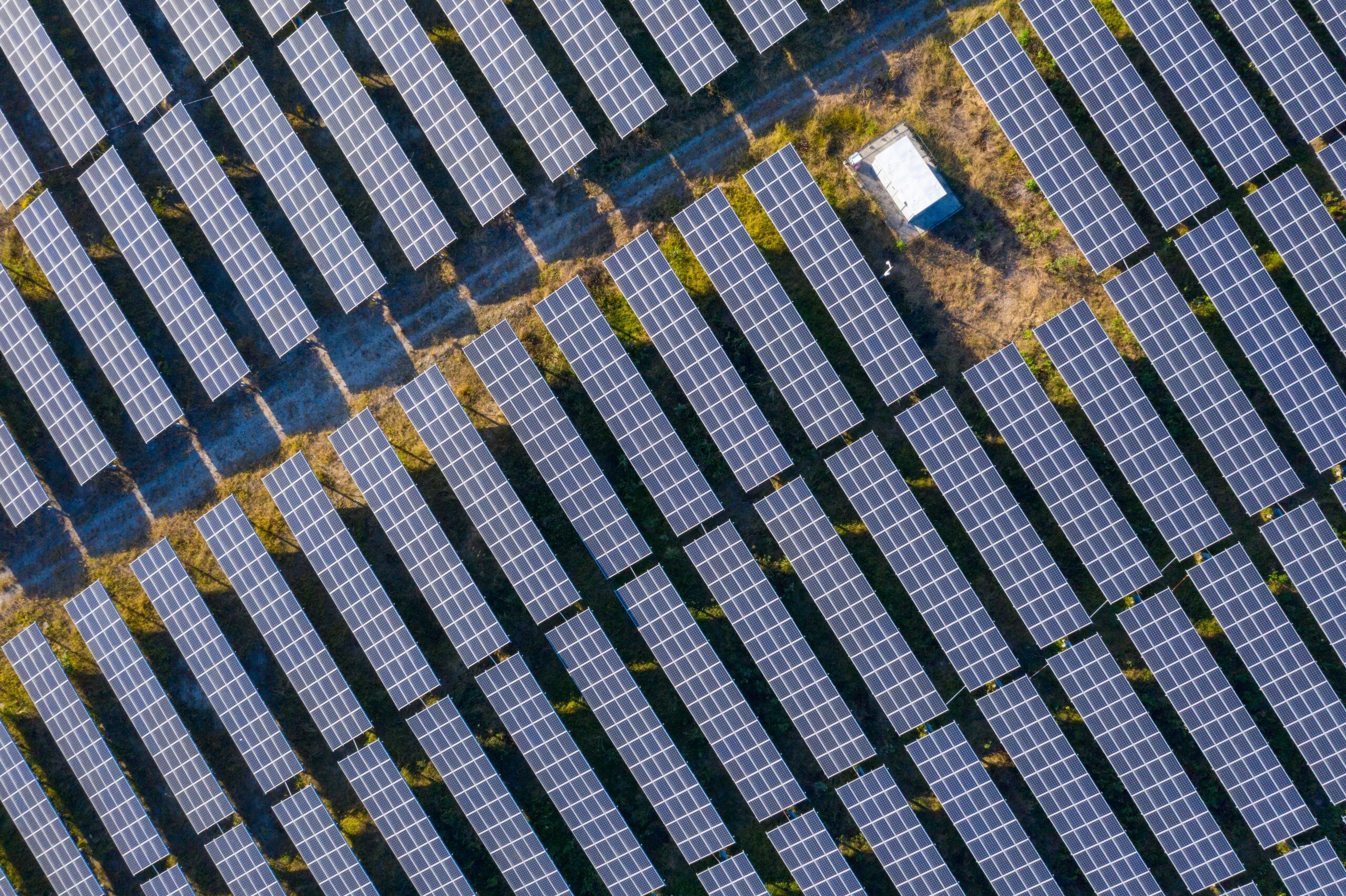
Stay in touch
Subscribe to our newsletter for expert insights, company updates, and the latest in renewable energy management solutions.
The COVID-19 pandemic has begun to impact ready access to spare parts for solar O&M organizations around the world. What are these impacts and what can you do to mitigate them to ensure safe and reliable solar energy production at your facilities?
COVID-19 AND THE SOLAR SUPPLY CHAIN
Before COVID-19, many of us took for granted the efficient process of manufacturing, transporting and installing a part in a solar power plant. But, for at least the next few months, we’re looking at a new reality. The process of moving a part efficiently though the supply chain is complex. When one or more links in the chain break, part movement grinds to a halt.
For example, imagine you need a new controller board for your inverter, but you can’t locate one in your spare parts inventory. So, as usual, you submit a return merchandise authorization (RMA) request to the supplier in China.
But instead of the typical 8-hour response time, it takes days to get an answer. Their service department is short-staffed as many in the department are in quarantine. When you finally do hear back, they confirm they can get the part to you but tell you shipping will take four weeks instead of two.
When you ask them why it now will take twice as long as usual, they reply, “The part isn’t on the shelf and manufacturing capacity has been reduced here at our plant. Also, air freight is constrained, which will delay getting the part to ground shipment in the U.S. to deliver to your site.
Is this scenario an outlier? Will it get worse? When will things get better? No one knows exactly.
“In addition to the delayed arrival of the part, since this is an in-warranty repair, the work must be performed by us. I’m sorry to say that our U.S. field technician staff is also short-handed, so we won’t be able to install the part until a week or so after it arrives.” You groan as you realize the inverter will be offline for almost 6 weeks.
Is this scenario an outlier? Will it get worse? When will things get better? No one knows exactly. But solar operators already are reporting that the scenario above is becoming more common as solar power market supply chains are disrupted.
The COVID-19 virus is impacting the global solar supply chain for projects in development, construction and operations. In particular, the pandemic is negatively impacting operators’ access to spare parts. The part supply chain has been interrupted in 4 key areas:
- Reduced spare part manufacturing due to shuttering or production slowdowns
- Reduced air and ground transportation capabilities
- Reduced access to sites, especially in the distributed generation (DG) solar market space
- Reduced access to specialized skills personnel to install parts
As a result, you can expect that fewer parts will be available and, if they are available, that they will take longer to get to you. If you can’t get your hands on a critical spare, you may experience extended and unplanned forced outages. In other words, project cash flows could be at risk.
Even consumables are harder to get. One O&M told me their technician waited in line with 81 people in front of him at Home Depot to buy wire and rags. Rather than spending time doing his job, most of his day was shot standing in line.
SUPPLY AGREEMENTS AND THE FORCE MAJEURE PROVISION
You may be thinking, “I have supply agreements with my key equipment suppliers that ensure us access to spare parts in a timely manner, so I don’t need to worry. We negotiated a strong agreement so we wouldn’t get stuck should supply chain issues become a problem.” While this may be true, almost all supply agreements have force majeure language that can be interpreted rather broadly when needed.
It’s not unlikely that solar suppliers might use the force majeure clause if the pandemic persists for the next few months.
Investopedia defines force majeure as “a clause that is included in contracts to remove liability for natural and unavoidable catastrophes that interrupt the expected course of events and restrict participants from fulfilling obligations.” Sounds like coronavirus to me.
Already, we’re hearing reports in the wind power industry that some suppliers are using this provision of the agreement to be held harmless from the timely delivery of spare parts. It is not unlikely that solar suppliers will be doing the same if the pandemic persists for the next few months.
IMPACT FOR DG VS. UTILITY SITES
In discussion with people on the front lines of solar O&M, a clear distinction was made between the impacts on utility sites and the impacts on DG sites. The COVID-19 pandemic is having a much larger negative impact on DG solar operations and maintenance than it is on their sister utility sites. Why? Several reasons:
- Most DG solar is rooftop-based and access has become a big problem. Many of the sites are shut down and site access requests are delayed or receive no response.
- Many DG sites are located at schools, stores and nursing homes. Solar maintenance and even system restoration is low on the list of priorities for these types of facilities right now, even if someone could grant site access.
- Travel restrictions are also reducing DG maintenance output. Utility-scale solar facilities are usually staffed with local or regional personnel; however, DG technicians typically must travel to get to the site.
DG owners likely will experience below-budget system availability and revenue this year due to the pandemic.
As a response to this pandemic, most solar project planned maintenance (PM) already is being deferred. But, because of the above, PM is even more likely to be deferred for DG projects.
Additionally, without site access, basic plant and inverter reset procedures will not happen: many DG sites will experience unplanned forced outages over the next few months and will remain offline for extended periods of time. Due to this, DG owners likely will experience below-budget system availability and revenue this year. For some projects I would expect revenue shortfalls to exceed 20%.
WHAT CAN I DO NOW?
So, what are some practical steps you can take now to minimize the negative impacts of reduced part availability in the industry?
- Update site access information in your work management system so dispatchers and technicians know which sites can be serviced and who to contact during this period.
- Make sure you have visibility into your inventory of all parts, everywhere. Now is the time to load spare part data into your work management system and ensure an accurate count of physical inventory.
- Update dispatch workflows based on reduced site access, safety issues, PM deferrals and travel restrictions.
- Get ahead of the issue: Obtain pre-approval from owners to stock up on key spares now, before you need them. Work with key suppliers to get parts now. Ask about getting approval to do in-warranty work if their technicians are not available to service your plant within an agreed-upon period of time.
- Update prioritization rules. Examples: Only service plants with equipment outages? Negotiate PM deferrals with owners? As always, personnel safety is the highest of all priorities.
- Be flexible and know that delays will happen. If both owner and operator are talking in advance about this, contingency plans can be implemented more quickly.
SUMMARY
The impact of the COVID-19 pandemic is beginning to be felt in solar power facilities across the globe. Though suppliers, shippers, dispatchers and technicians are doing everything they can to mitigate the negative impacts of the coronavirus, the risk of reduced operating performance this year is high. Take proactive steps now to mitigate the consequences to your own fleet.
I hope you’re staying healthy and staying safe.
Special thanks to industry experts, including Mike Eyman, General Manager of Origis Services, for their insights into how to manage O&M in these challenging times.
Steve Hanawalt is Executive Vice President and Co-Founder of Power Factors. Follow him on LinkedIn for more industry insights.
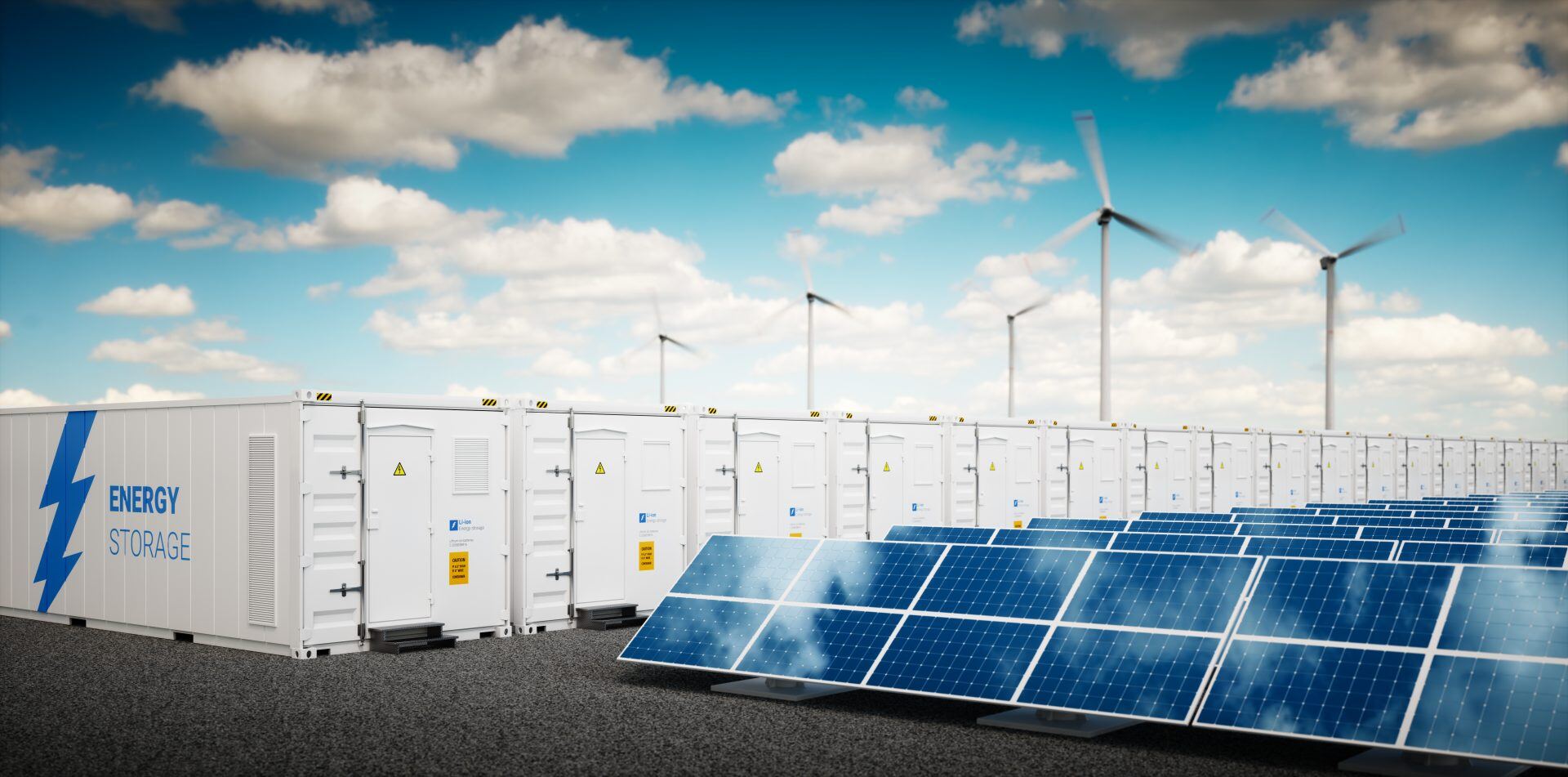
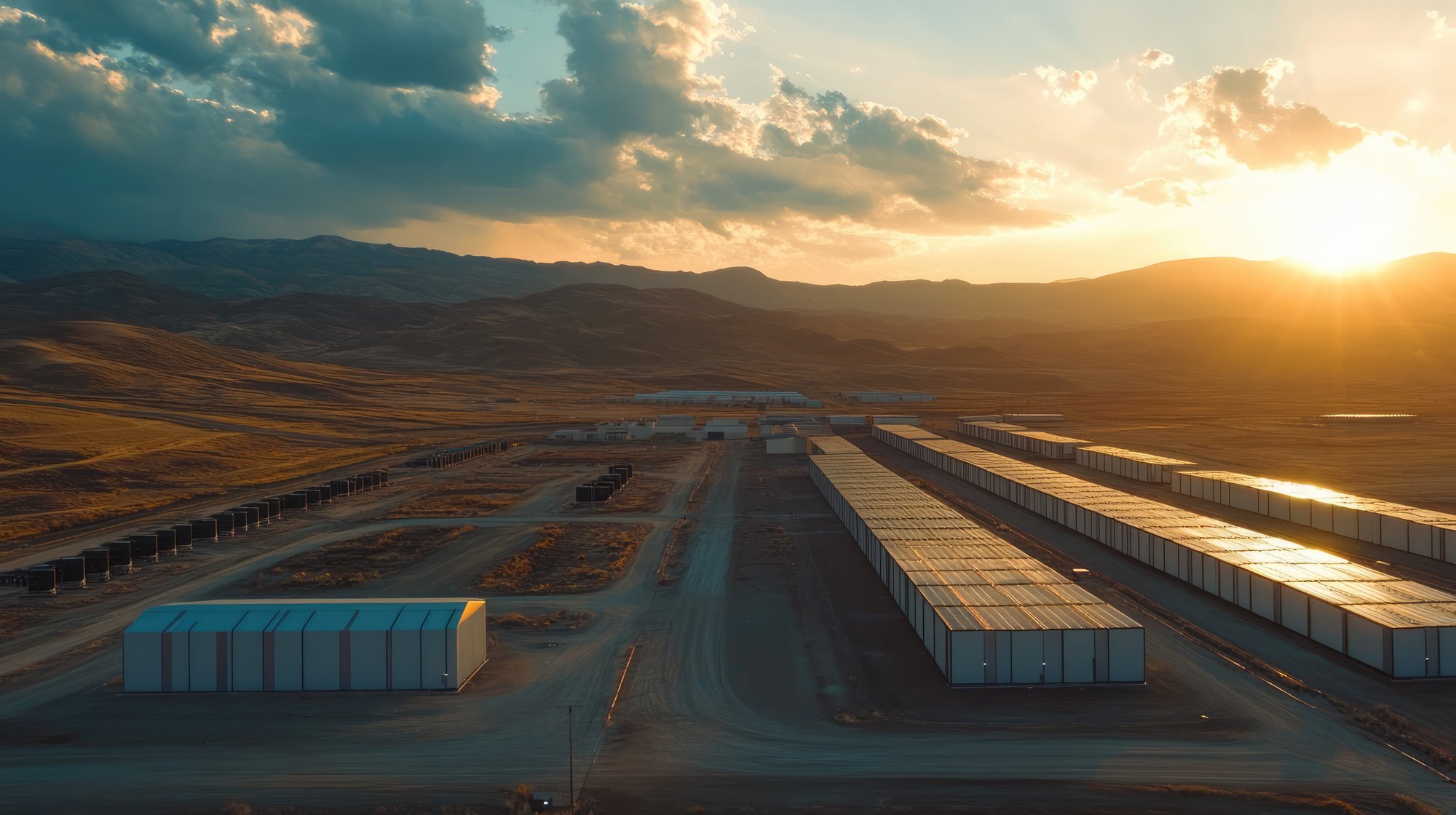
-2.jpeg?width=2000&name=AdobeStock_785443953%20(1)-2.jpeg)
